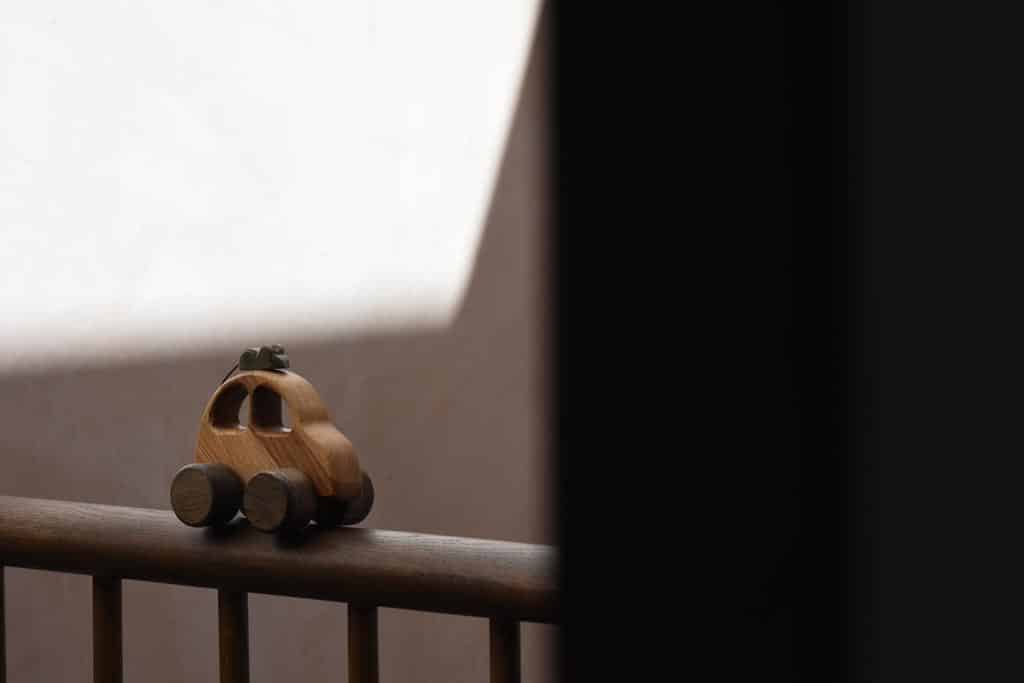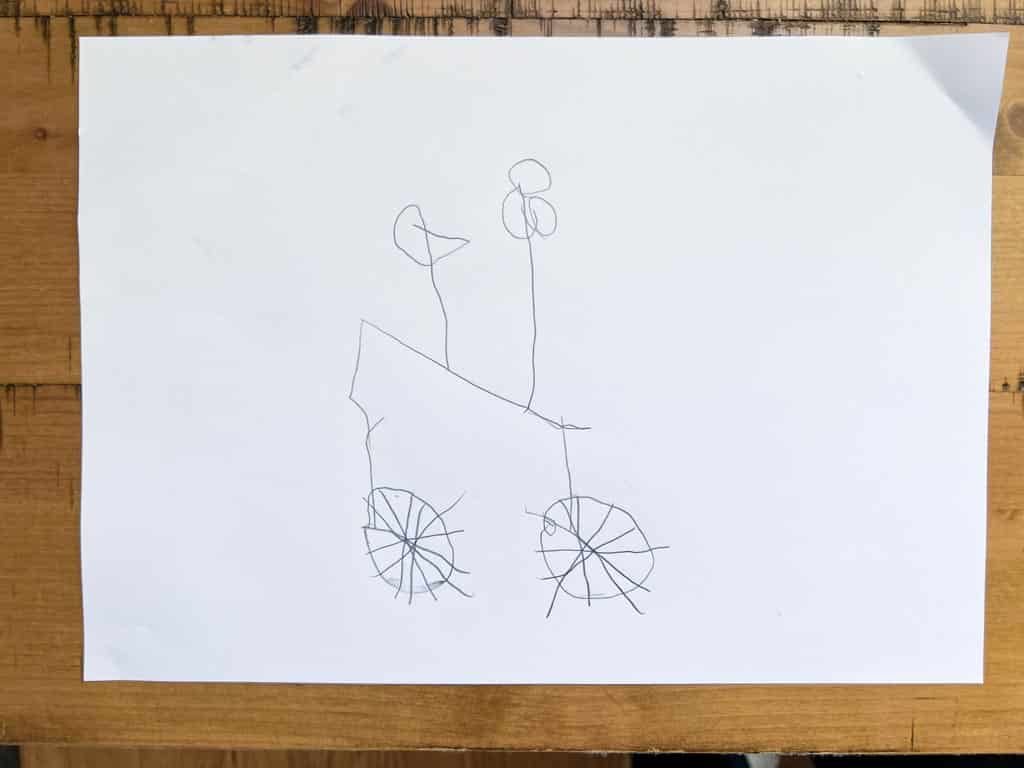A toddler stands in front of the washing machine, watching it go round.
And around.
Later he takes a crayon and draws jerky spirals on paper.
He also runs round and round a tree in the garden and spends a long time pushing his wooden train around the track.
These are all physical manifestations of the rotation schema.
Rotation is one of the play schemas young children explore as they try to make sense of the world. Schemas are mental representations of the things children see and do. In the example above, the rotation schema is the boy’s attempt to understand everything he can about rotation. He learns that spinning on the spot, dancing round in a circle, drawing a circle and rolling a ball are all expressions of the same idea. He has to find a way to store all this information in his mind. He has to make a mental model. Next time he sees something rotate in a novel way, like an electric toothbrush, he can draw on this knowledge to predict how it will behave.
Did the toothbrush turn as expected? If so, the schema is confirmed. Things go round in the same direction until they get back to where they started. Or perhaps it didn’t. Perhaps it turned 180º one way and then 180º back the other. That’s new information! Going back the way you came still sends you back to the start. The schema, the mental model, must be updated.
Symbolic rotations
By the time our toddler turns two, he is moving away from sensorimotor explorations and is starting to represent real-life objects with symbols. A pizza becomes a car’s steering wheel. A pencil a screwdriver. He draws another spiral. This time he not only enjoys the movement for its own sake, he delights in giving it a name. This is a propeller.
Functional dependency
Experiencing rotation as an action or learning to represent it symbolically are essential first steps to making sense of this schema, but there are even higher levels of understanding.
The first is functional dependency. This is the idea that one thing depends on another. I rotate this handle and the bucket comes up from the well. I turn it the other way and it goes back down. The outcome depends on how I rotate.
Can you see how it’s not enough to give an inquisitive four-year-old a toy vehicle and expect her to become engrossed in its movements? The object has to do something in order to keep her attention. ‘Gears’ toys are a good example of this. Turn the first cog and it turns the second.
Other examples include: vehicles with steering wheels, music boxes, a rotary whisk or a children’s hand drill.
NOTE: Children exploring the rotation schema love woodwork. All those drills and screwdrivers, bolts and spanners. It’s heaven.
Rotation at the ‘thought level’
The most sophisticated understanding of the rotation schema comes at the thought level.
In the ”thought’ level, children start to demonstrate an ability to plan, predict, and problem-solve based on their understanding of schemas. They are not just reacting to their environment or experimenting with cause and effect, but are actively planning their actions based on their prior experiences and understanding.
For example, a child might create a robot with ‘gear’ toys, with the intention of moving its arm through a combination of cog rotations. It is the planning ahead and conceiving of a novel way to solve the problem that differentiates this from functional dependency.
What are the best toys for the rotation schema?
The best toys for rotation depend on your child’s age. Younger toddlers need to experience the movement, turning themselves or rotating and rolling objects. But as they grow, they start to think in more sophisticated ways.
- Marble runs, especially those with wheels, spirals and roundabouts
- Spinning tops, yoyos and fidget spinners
- Gears
- Toy vehicles
- Balls
- Streamers
- Pin wheels
Final word
Like all schema play, your child’s understanding of rotation goes through four levels of sophistication. At its simplest, the concept is straightforward, but I hope you can see that as your child’s confidence grows, you can extend learning in all kinds of interesting directions. All you have to do is keep watch and keep it fun.




